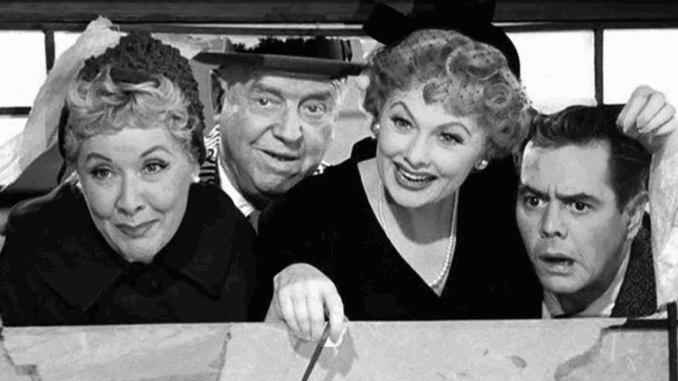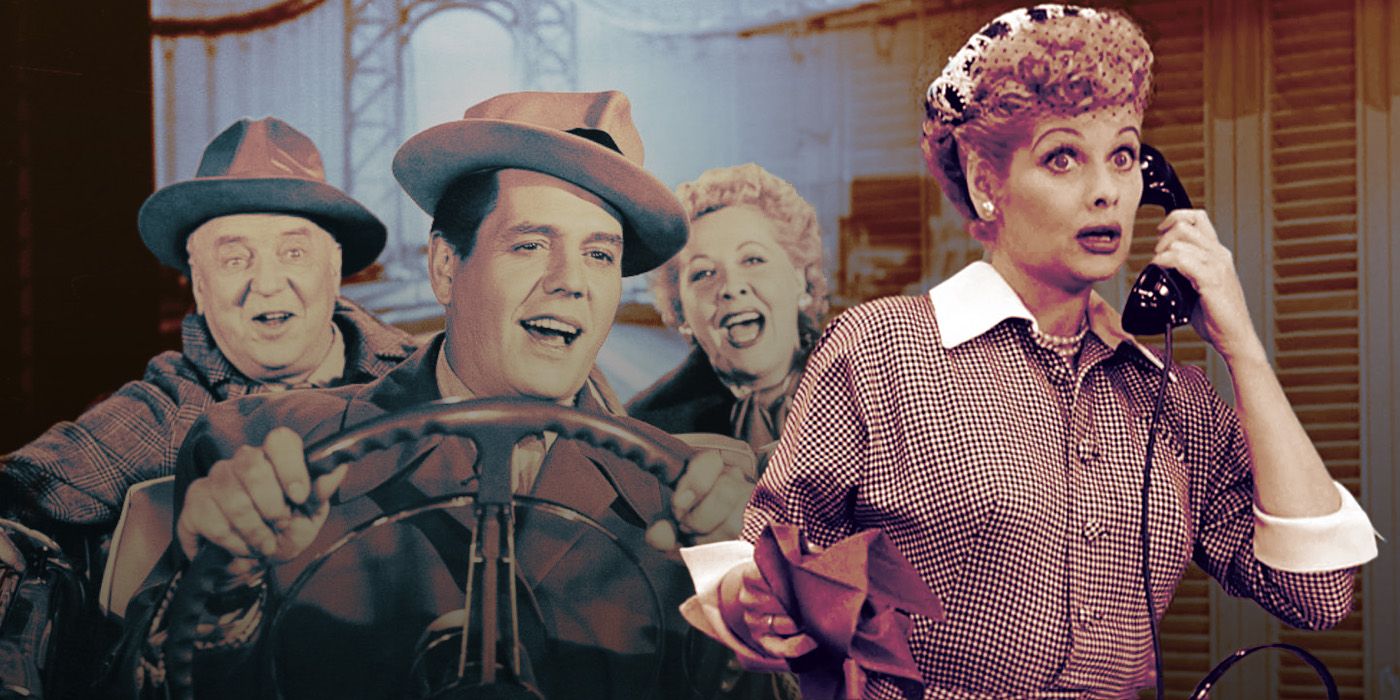
When we think of television’s great anti-heroes, names like Walter White, Tony Soprano, and Don Draper usually top the list. But decades before any of them ever lit up our screens, there was one woman who shattered expectations, defied social norms, and made mischief her mission: Lucy Ricardo. On the surface, she was the charming, red-haired housewife trying to make it in show business. But dig deeper, and you’ll find something bolder: Lucy was a proto-anti-heroine dressed in polka dots.
While audiences adored her for her physical comedy and wide-eyed expressions, Lucy wasn’t simply silly. She was relentlessly self-interested. Week after week, she lied to her husband, schemed behind his back, and dragged her best friend Ethel into wild plans that often ended in disaster. Her character was chaotic, irrational, and impulsive—and that’s exactly what made her revolutionary.

In the 1950s, when women were expected to stay in line, Lucy did the opposite. She constantly rebelled. She wanted to work. She wanted fame. She wanted more. Rather than being punished for her ambition, she was celebrated. Yes, her schemes failed. But instead of portraying failure as tragic, I Love Lucy made it hilarious. Her character didn’t grow in the traditional sense—she didn’t “learn a lesson” every episode. She simply moved on to her next wild idea.
This refusal to conform made Lucy Ricardo one of the most subversive characters in TV history. Unlike later sitcom women who were more passive or defined by their relationships, Lucy had her own drive. And that drive, while often misguided, was never mean-spirited. She wasn’t a villain—but she also wasn’t a saint.
And that’s why she matters. Lucy was flawed, complicated, and unpredictable. In other words, she was human. That humanity paved the way for the morally gray, complex characters we embrace today.
